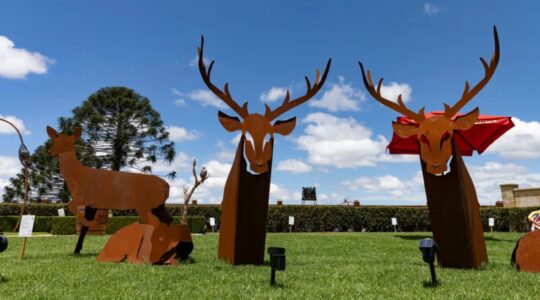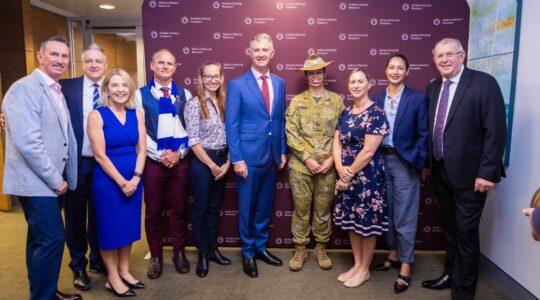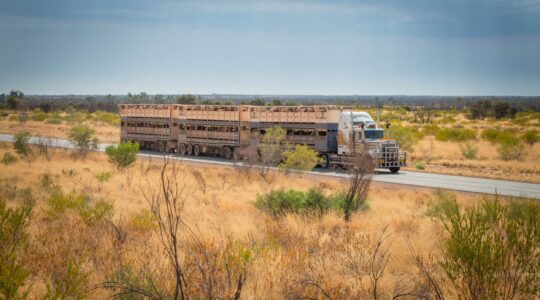The first wildlife hospital of its type in the Southern Hemisphere will be established at Sea World on the Gold Coast.
The State Government has committed $10 million for work to begin on the Sea World Foundation Wildlife Hospital, which will have the capacity to rescue and treat all marine life, from dolphins, sharks, seals and whales to birds and other sick or injured sea animals.
Environment and Tourism Minister Andrew Powell said the hospital would be large enough for rescue vessels to be docked at the hub allowing for rapid deployment to ailing marine life.
“With equipment to treat the larger, dolphin-sized marine mammals onsite and to this scale will make the facility the first of its kind in the Southern Hemisphere,” Minister Powell said.
He said the hospital would also include a conservation hub, open to the public, allowing them to observe the important work as it occurred, creating a unique ecotourism experience for the Gold Coast.
“Combining conservation and education, we’ll be saving more animals while giving the public an opportunity to witness our veterinarians and marine scientists at work.”
Village Roadshow CEO Clark Kirby said the project would allow the Sea World team to have an even greater impact on Australian marine life.
“For more than 30 years, Sea World has been at the forefront of marine rescue and rehabilitation efforts around Australia,” Mr Kirby said
“The state-of-the-art marine hospital and conservation hub will allow our specialised veterinary and marine animal experts to help more animals and educate the millions of guests who visit Sea World on conservation efforts to minimise impacts on the environment.
“Last year alone, we rescued more than 400 individual marine animals, ranging from whales, dolphins, dugongs, turtles, seabirds and sea snakes, and with animal rescues on the rise, this new facility will greatly expand our capabilities,” he said.








